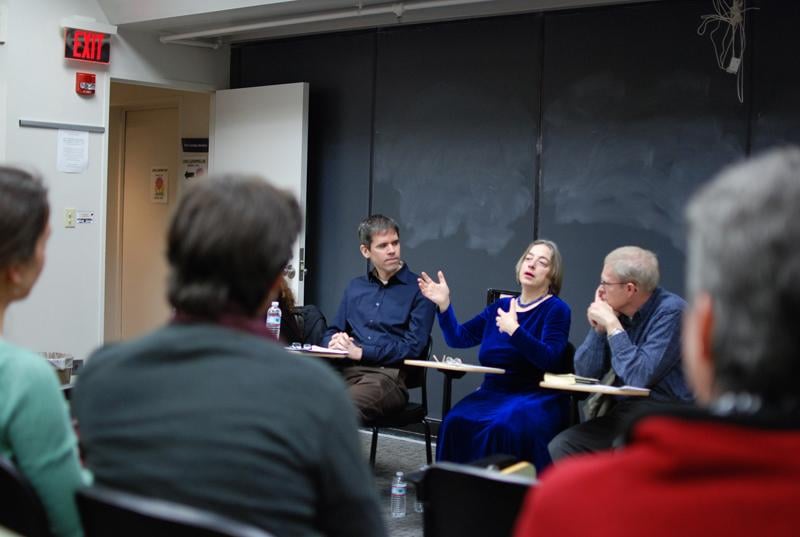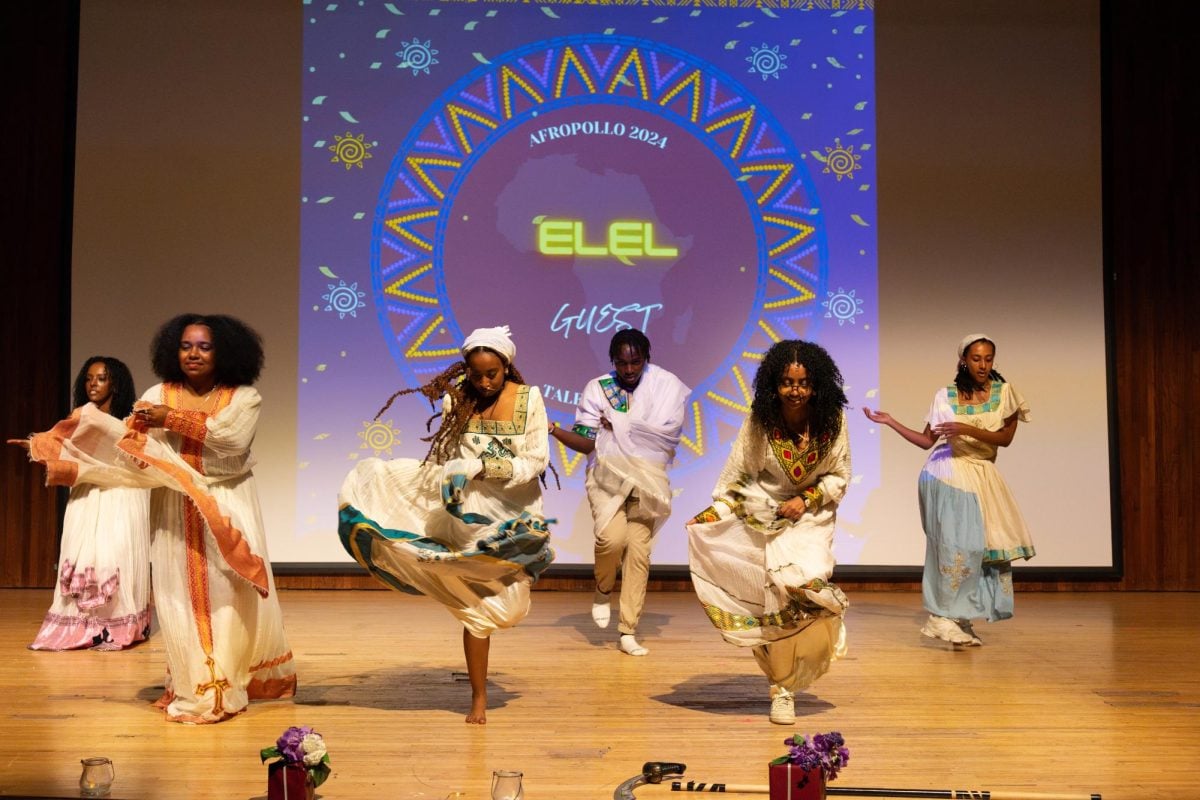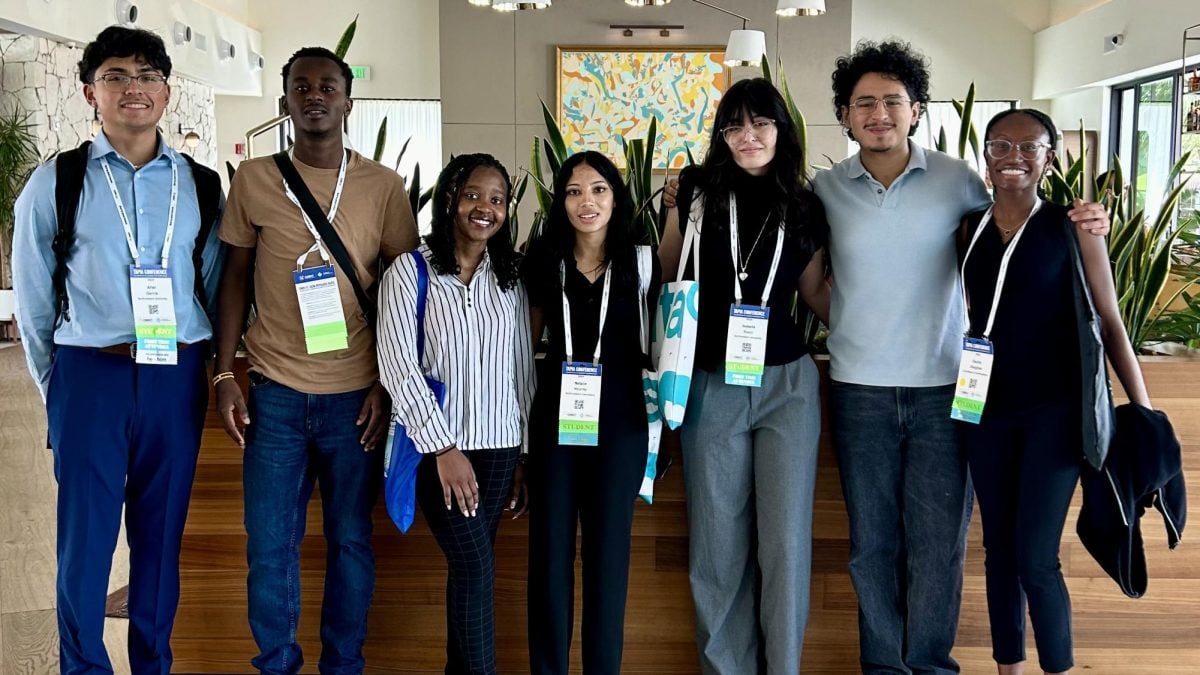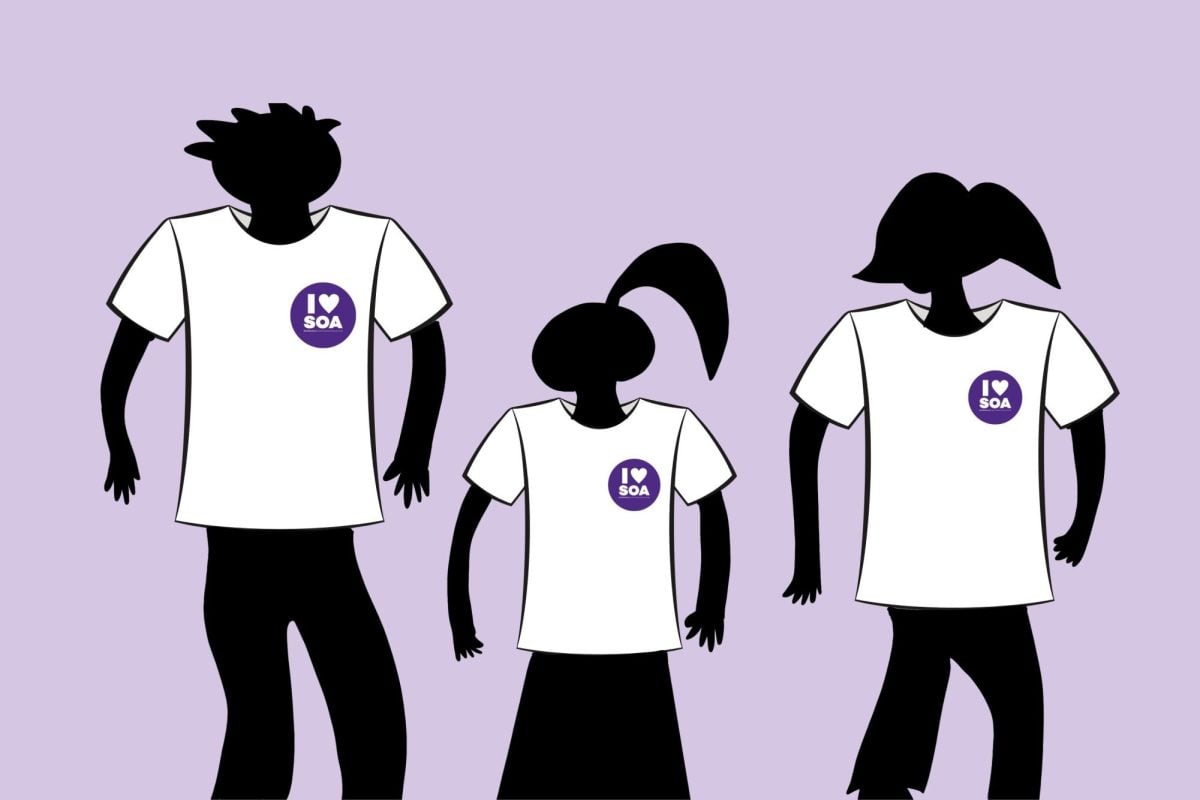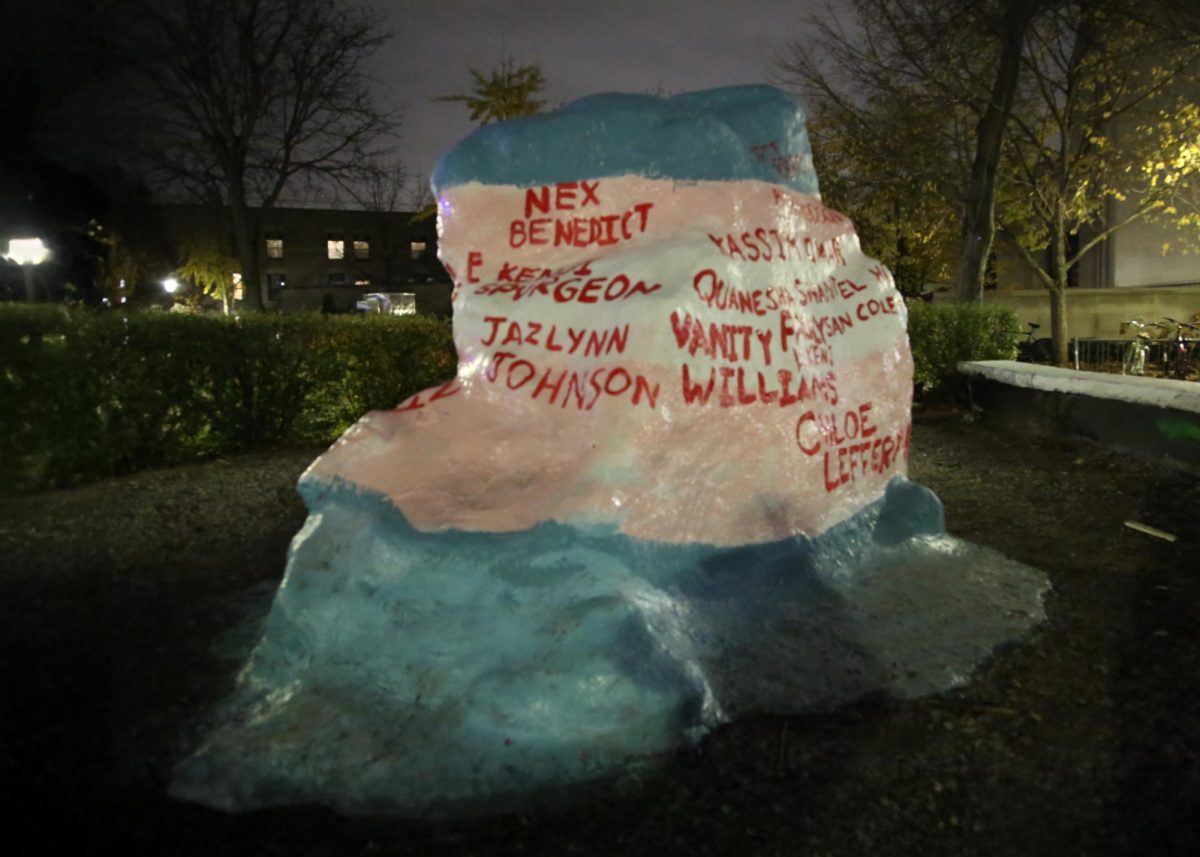Four Northwestern professors discussed the history of sexuality Thursday at a panel hosted by Sexual Health & Assault Peer Educators.
About 30 people attended the event, titled, “The History of Sexuality: Comparing the Experiences of People in the Past.” The panel featured classics lecturer Francesca Tataranni, English Prof. Barbara Newman, history Prof. Scott Sowerby and history Prof. Carl Petry.
The panelists provided a survey of sexuality’s history and answered questions about sex and marriage, homosexuality and religious and ethical conventions in the time periods each faculty member studies. Panelists focused on classical Greece and Rome, medieval Europe, the medieval Middle East, and early modern Europe.
Tataranni discussed classical Greece and Rome, citing many of the double standards between men and women during that time. Still, she said, religious institutions did not limit sexual expression.
Newman then talked about medieval Europe, where she said “love was not a motive for getting married.” Unlike in classical Rome and Greece, sexuality in Medieval Europe was highly limited by natural and canonical laws, she said.
“Marriage in the aristocracy was far too important to be left to just the couple,” Newman said.
In the medieval Middle East, Petry said, marriage practices were dictated by the Quran. There was also an emphasis on fulfillment for both the husband and wife, and religious and ethical constraints were not as stringent as they are now, he said.
Sowerby focused on adultery in early modern Europe and said there was no strict parliamentary law against it until 1650. Writers at the time perpetuated much of the ethical views that restricted marriages, Sowerby said, citing that women were often portrayed as “chaste” and engaging in premarital sex was “unnatural” for them.
Same-sex relations during each time period were also discussed in detail. All the panelists compared society’s more open views in all four time periods to what Sowerby called the “policing” of behaviors between two members of the same sex that takes place today.
Newman said there were contrasting views of homosexual behaviors during the Middle Ages in Europe, as they were still viewed as sophisticated despite being considered as sinful as heterosexual acts outside of marriage.
A positive view of homosexual relations extended into early modern Europe, Sowerby said.
“Many actions that we would characterize as homosexual were seen as friendly,” he said.
Communication senior D’Laney Gielow attended the event and said she was surprised by the volume of information on sexuality.
“I had no idea there was so much to say,” Gielow said. “I haven’t really studied the Muslim Middle Ages or homosexuality in the Middle Ages, so that was interesting.”
Sowerby’s teaching assistant Alex Fontana said he was intrigued by the differences in views between the different cultures and today’s society.
“I was fascinated and amazed to hear how much looser it was and how we are now in a culture that tries to make everything stricter,” said Fontana, a fourth-year graduate student in history. “It was nice to hear historically how life was different then.”
